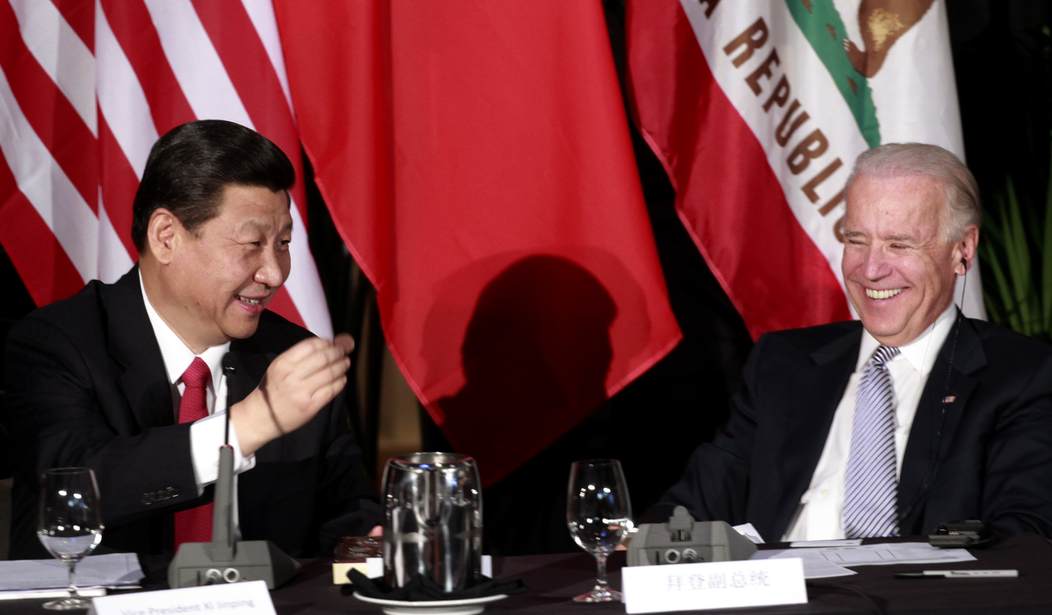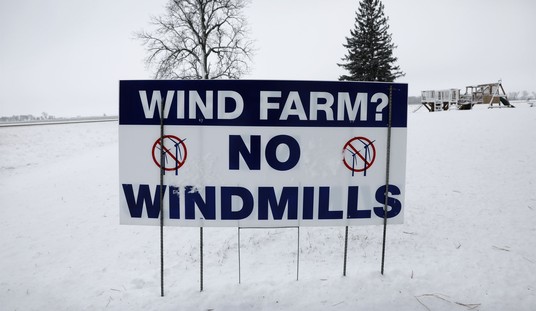The bad news: it didn’t make a dent in improving American-based manufacturing. The tariffs on China did convince US producers to shift production lines out of China, but not to “re-shore” them here. Instead, manufacturers found cheap labor in the same neighborhood, especially in Vietnam:
Nearly two-thirds of all imports from China—or roughly $370 billion in annual goods—were covered by tariffs imposed by the U.S. in 2018 and 2019. Tariffs now cover just half of Chinese exports to the U.S., or about $250 billion in goods annually, as U.S. companies buy more from other countries, according to a Wall Street Journal analysis of information from Trade Data Monitor.
The Trump administration imposed the levies in 2018-19, aiming to boost U.S. factory production by making Chinese imports more expensive for the American companies that bring them in. That so-called re-shoring of manufacturing hasn’t happened in any appreciable way, economic data show, as U.S. companies instead turned to other countries in Asia for supply.
Vietnam has been an especially big beneficiary. It now ranks No. 6 globally for imports to the U.S., up from 12th as recently as 2018.
To be fair, Donald Trump and his administration expressed multiple goals for applying tariffs on China. They were punitive for Beijing’s trade violations and intellectual-property theft, as well as a brushback on their currency manipulation. They were also strategic, hoping to dent China’s advance in their CM2025 project toward total self-sufficiency. It also intended to disrupt China’s Belt and Road Initiative to make other nations dependent on China for economic growth, while China uses it for military expansion.
However, the administration sold tariffs on the promise of re-shoring. That makes the tariff report card a bit mixed, the Wall Street Journal’s sources conclude:
“If the goal was to reduce imports from China then it succeeded,” said Craig Allen, president of the U.S.-China Business Council, which represents U.S. companies that do business in China. “But if the goal was to increase manufacturing employment in the United States I don’t see any evidence that that’s happened. If the goal was to increase imports from other countries in Asia or increase manufacturing employment in Vietnam, it’s succeeded.”
Of course, Trump no longer directs American trade policy. What will Joe Biden do? China has pressed the new administration for an answer, but so far it appears that Biden hasn’t developed a plan yet for China. In fact, his trade rep told the WSJ in March that they’re inclined to stick with Trump’s policies here as well:
In her first interview since Senate confirmation, [Katherine] Tai said she recognized that the tariffs can exact a toll on U.S. businesses and consumers, though proponents have said they also help shield companies from subsidized foreign competition.
“I have heard people say, ‘Please just take these tariffs off,’” Ms. Tai said. But “yanking off tariffs,” she warned, could harm the economy unless the change is “communicated in a way so that the actors in the economy can make adjustments.”
“Whether they are companies, traders, manufacturers or their workers,” she added, “the ability to plan” for changes that affect their future is essential.
The negotiator also cited tactical reasons for her reluctance.
“No negotiator walks away from leverage, right?” she said.
That was almost two months ago. One has to at least surmise that Biden and his team see the tariff policies as a success. Or, at the very least, we can surmise that Biden hasn’t come up with any better ideas. That has certainly been the case in practically every other policy area over the last four months, even those Biden criticized before taking office.








Join the conversation as a VIP Member